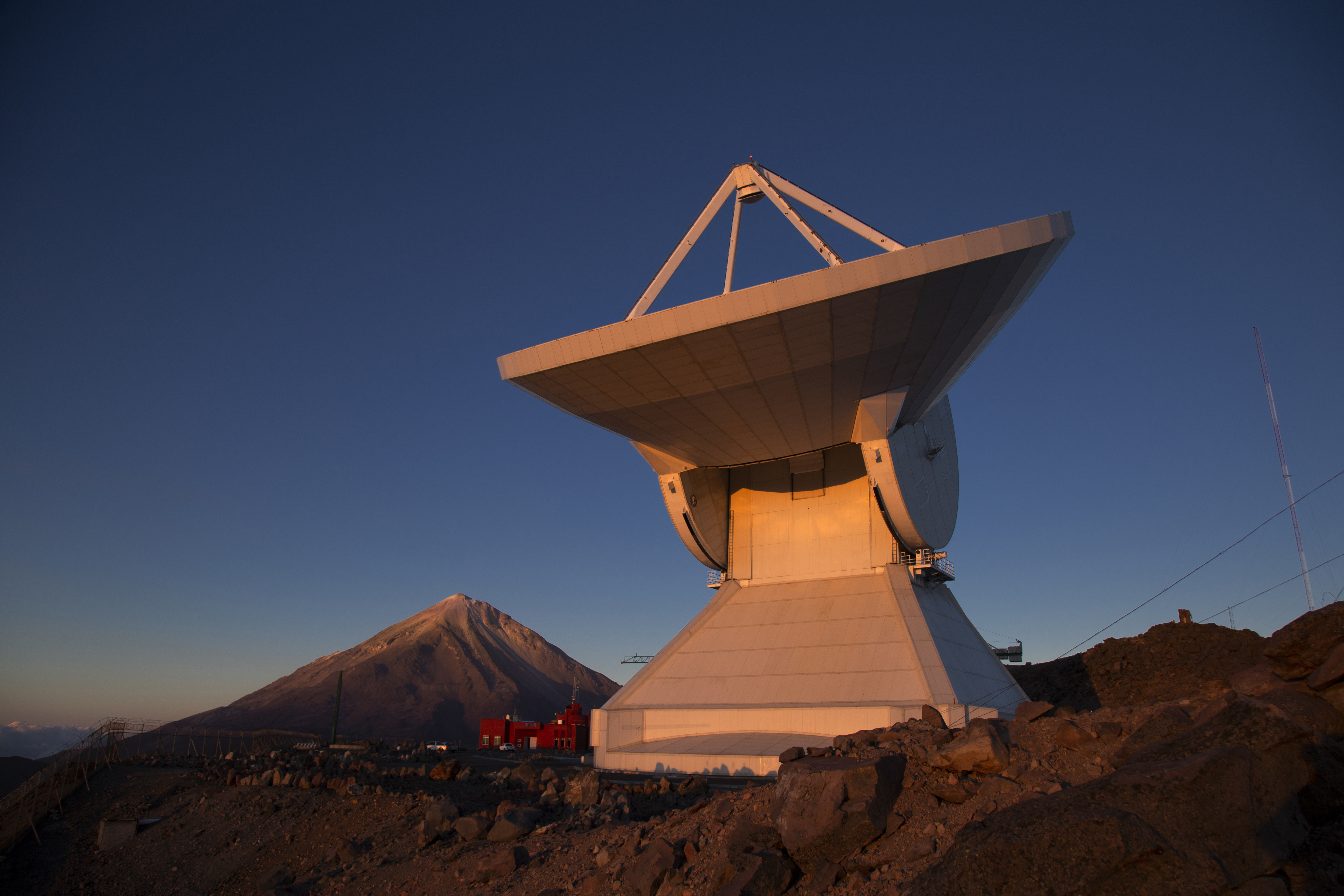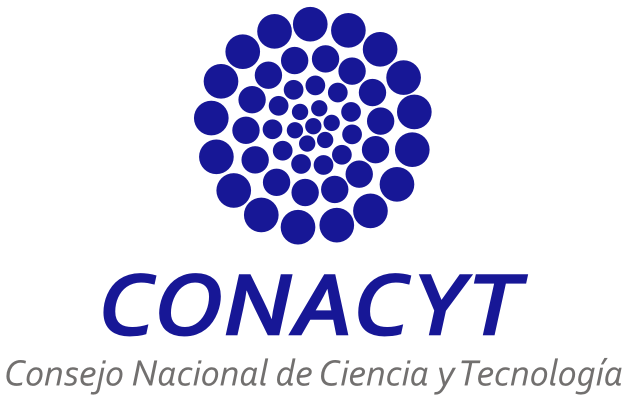Partnerships for International Research and Education
Black Holes in the Era of Distributed Resources and Expertise
The international Black Hole PIRE program aims to develop the technological and algorithmic infrastructure that can usher astronomical projects, such as the Event Horizon Telescope (EHT), into the era of big and distributed data science.
This is especially true for the Event Horizon Telescope, which is an Earth-sized array of telescopes that, in April 2019, shared the first-ever image of a supermassive black hole. In coordination with the EHT, the Black Hole PIRE will support development of the needed technological and computational infrastructure to test Einstein’s theory of General Relativity in extreme conditions.
The Black Hole PIRE project targets four primary areas that will support the scientific realization of large-scale astronomical observations:
- Digital Signal Processing
- Mounting Coordinated Observations Around the Globe
- Fast Data Transfer
- Science Utilization with Cloud-Based High Performance Computing
In addition to the research goals, student education is an equally important focus of the Black Hole PIRE project. Students are directly involved in all levels and areas of research and are encouraged to participate in specific educational and professional development opportunities. Across both the research and education goals, there is a primary aim to share achievements, knowledge, and tools with the broader public.
External Advisory Board
Maura McLaughlin, University of West Virginia (North America)
Dan Werthimer, University of California, Berkeley (North America)
Proty Wu, National Taiwan University (Asia)
Matthew Bailes, Swinburne University. (Australia)
Michele Walsh, Ph.D, Program Evaluator
Violeta Dominguez, Research Scientist
Kara Haberstock-Tanoue, Research Specialist



